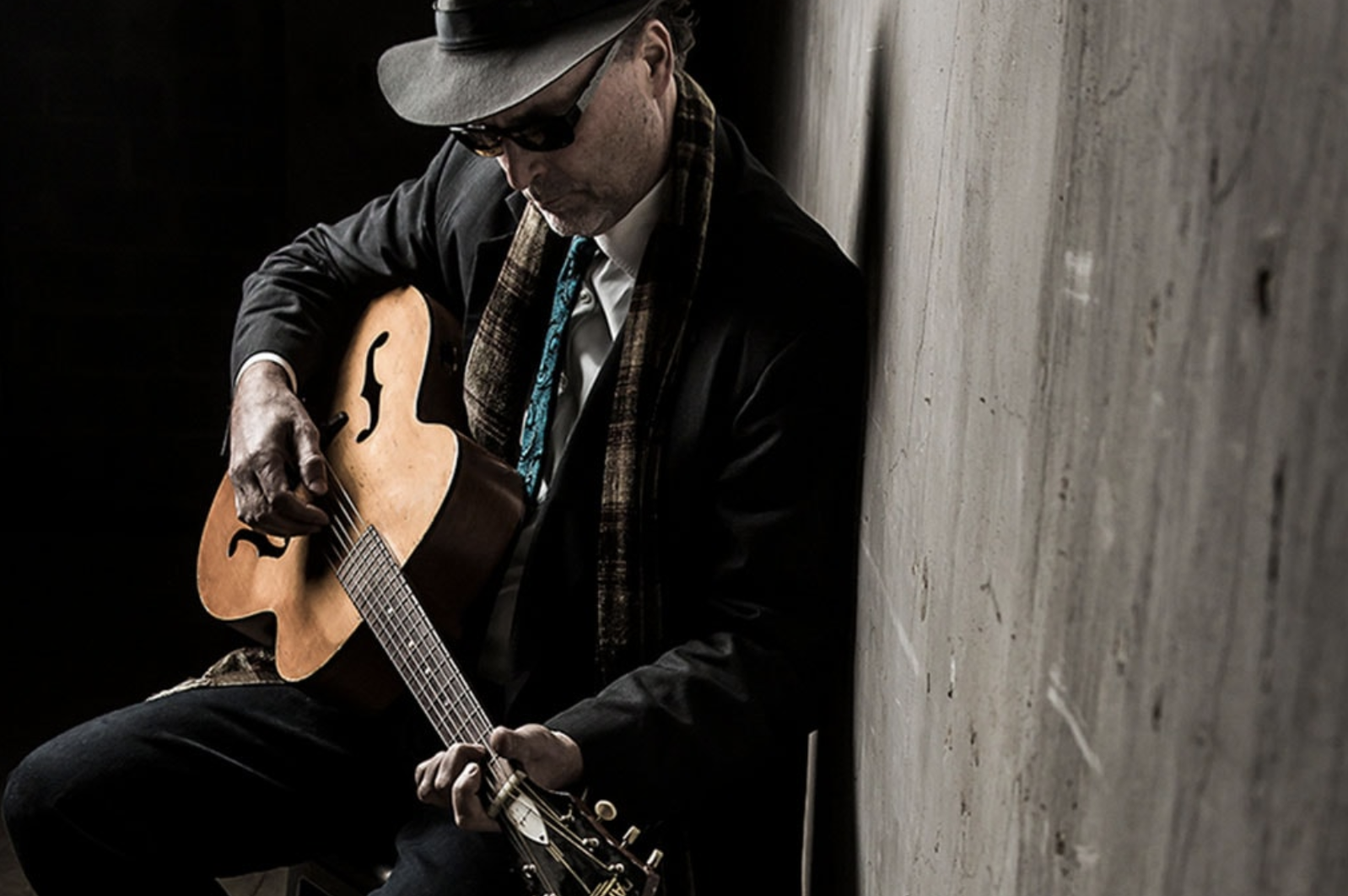I gently kicked the vintage, boxy suitcase that was on the floor between me and a group of 15 second graders. The suitcase literally vibrated with all types of rattling, clanging and ringing sounds.
“You want to see what’s in there?”, I asked.
They erupted, “Yes!”
I opened the suitcase to reveal more than 20 percussion instruments of various sizes, makes, functions and models. In a frenzy, they began to reach for them.
“Woah! Wait a second”, I instructed. “If you want to play one of those, you have to do something first.”
“What?”, they asked in unison.
“You need to think up a stage name. This is a music class and one of the best things about playing music is that you can make up a new name for yourself. You can have your regular name and you can have your music name. I have one”, I revealed. “My real name is John. But when I play music, I’m Willie Marble. It’s cool to have a stage name. It’s lots of fun.”
One of the best things about teaching second graders is that they believe just about anything you tell them. And they are game to try just about anything.
Some may consider it a bit silly or foolish for a 60 year-old man to have a make believe name and persona. But there is a long history of musicians with stage names. Muddy Waters’ real name was McKinley Morganfield. Howlin’ Wolf’s was Chester Burnett. And that’s simply a start. Jay Z’s real name is Shawn Carter, Stephanie Germanotta is Lady Gaga and Dana Owens’s stage name is Queen Latifah.
Not to be outdone, the names these kids came up with were priceless: Lion Slayer, Crazy Bone, Lightning Bolt, Jeffrey McMoe, Funky Nose, Princess Cotton Candy, Howlin’ Hound Dog and Ruby Jewels to name only a few. And stage names are for adults as well. The three background singers in my current band each has a stage name, Queen Victoria, Honey Bee and Jackie Thunder. Together they comprise the “World Famous Marblettes”.
Having a second name and identity allows a certain amount of freedom to step outside yourself. For performers, that can be an advantage. One of the most important characteristics of music and art is that it allows for the individual to “color outside the lines” without being unduly penalized or chastised. It allows you the extra space to stretch your imagination, vision and sense of self. A stage name and alternative persona allows you to be a bit silly, act a bit foolish and stretch and test the boundaries of creativity. That’s one of the reasons why music is the most effective tool in our educational arsenal to teach out-of-the-box, creative thinking.
And while that is all great and valuable, the fact is, it’s also just plain fun. And if you can’t have fun playing music, what’s the point? As Margaret Renkl recently wrote in the NY Times, “A person who is not afraid of looking like a fool gets to do a lot more dancing.”
Having a stage name and alternative identity can be lots of fun. Although, as a general rule, if you begin to assume four or five alter egos or identities, you might want to seek some professional help.
But one or two? Why not take the opportunity to dance a bit more?


